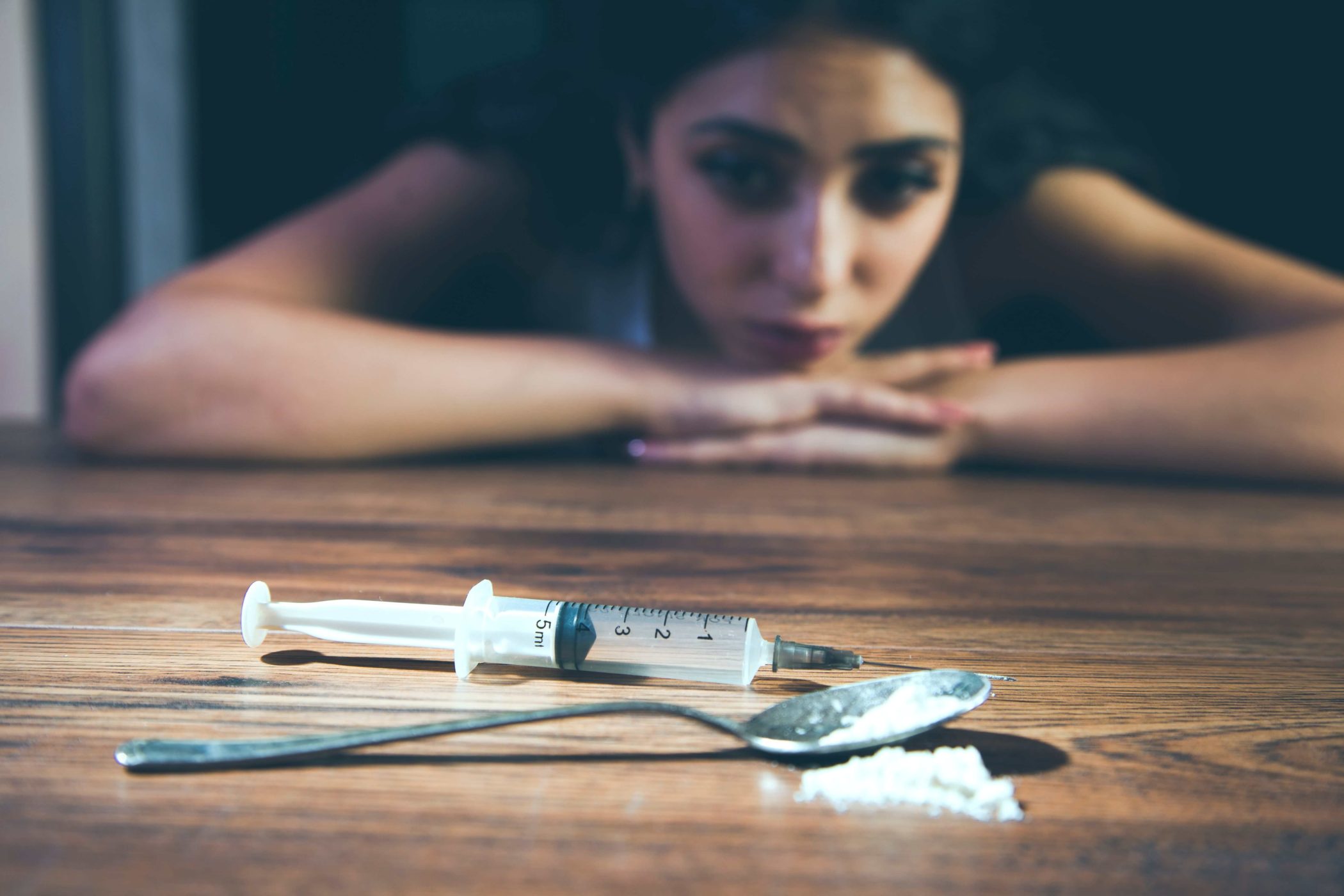Addiction is a chronic disease, and recovery is a long-term — sometimes lifelong — process. Relapse prevention is the reason most people seek addiction treatment. They have tried to quit on their own and have been unable to kick the habit and stay clean. They are looking for a better, permanent solution.
Relapse occurs when a person has returned to using substances after a period of not using. It is fairly common and happens to many that are recovering from substance use disorders. Relapse does not mean that treatment has failed — it indicates that additional (or another form) of treatment is needed.
Relapse happens gradually — often days or weeks before an individual picks up a drink or drug. One goal of treatment is to help individuals recognize the early stages of relapse so they can work to prevent it. There are many tools and treatment programs available.
Relapse Risk Factors and Common Triggers
The brain is the key to both relapse and preventing it. It links memories to other memories. Substance use is associated with the places where you used that substance, the people you used with or bought from, and objects related to substance use. When exposed to these items or people again, it may trigger memories of the substance and create a craving for it. This also brings back feelings or memories of the former lifestyle that involved the addictive substance.
A triggering event occurs and kicks off the relapse. Recognizing and avoiding or managing reactions to these triggers is a key part of recovery. Both external and internal events can trigger cravings or relapse.
- External triggers come from the environment — the places, people, and things encountered in daily life. Once identified, external triggers are simple to control.
- Internal triggers typically arise from an emotional state or thought process. These triggers can occur subconsciously, making them more difficult to recognize and harder to avoid.
Everyone’s triggers are unique, but there are some fairly common ones.
Withdrawal symptoms are one of the most common. The pain and intensity of withdrawals during the early stages of detox can cause relapse. It may seem easier to return to drugs or alcohol rather than suffer the symptoms.
Boredom, isolation, or loneliness can bring on cravings.
Untreated mental health disorders can contribute to relapse. Quitting drug or alcohol use alone does not address the root causes that led to substance abuse. Those in recovery may suffer from depression, anxiety, or anger issues, all of which can become triggers. So, these issues must be considered.
Poor self-care can be a risk factor for addiction. Unhealthy eating habits can cause mood swings and low energy levels that may trigger cravings for drugs or alcohol. Lack of sleep can leave you fatigued, irritable, and anxious — thus more likely to return to substance use.
The emotional stress of poor relationships can trigger a relapse. Fix damaged relationships and end toxic ones.
Anything that reminds you of drinking or using drugs can be a risk factor for relapse. Associating with the people you used to get high with, those who sold you the substances, or family and friends who are current users, can all be triggers. Being near bars or taverns, attending parties, or even going on vacation (particularly to “all-inclusive” resorts) can all be triggers.
Relapse Prevention Strategies and Tips
Here are some tips for preventing relapse:
1. Treatment programs all teach coping skills to manage addiction. It is important to practice these skills regularly so you do not relapse. Mutual support groups help prevent relapse, and can also reduce symptoms of anxiety, loneliness, and depression.
2. Understand what your triggers are, and learn how to manage them effectively. Stay in treatment long enough to master effective coping strategies and tools, and continue outpatient therapy or counseling sessions needed to sustain your recovery.
3. Practice self-care for your emotional, physical, and psychological needs. Receive treatment for any other underlying medical or mental health conditions.
4. Set healthy goals and stick to them. Some ideas are: eat well, get enough sleep, get fit, be creative, and keep your mind filled with positive things. Try yoga, mindfulness meditation, acupuncture, or even massage therapy.
5. Keep busy — volunteer, find a new hobby, get a pet, take a walk.
6. Avoid triggers when possible. Create a “relapse prevention plan” to deal with unavoidable scenarios that might be triggers. Plan in advance on how to handle them.
7. If you feel the need to use, practice the techniques taught in the treatment programs — urge surfing, mindful meditation, HALT (Am I Hungry? Angry? Lonely? Tired?), or other methods.
8. Involve family and trusted friends in your treatment and recovery planning. Ask for help when you need it, whether from your own selected “recovery circle”, an addiction support group, or 12-step program.
9. Ensure that your home environment is supportive and low stress.
10. Remember that relapse is often part of recovery and does not mean that you have “failed.” Asking for help after a relapse and going back to treatment if necessary, will help you achieve lasting and healthy recovery.
Bridges of Hope is a Joint Commission accredited dual diagnosis adult substance abuse treatment program. Our program is designed to achieve long-term recovery. We are licensed by the State of Indiana Department of Mental Health & Addiction.
Our treatment philosophy is based on a comprehensive and integrated approach to addressing all issues related to substance use and mental health disorders. We leave nothing to guesswork as we utilize therapeutically proven, evidence-based clinical practices. We place superior patient care as our highest priority and offer them all-inclusive treatment services.
Mission Statement: We provide hope and healing for anyone with alcohol and substance abuse disorders.
We connect everyone to their own personal journey, bridging the gaps previously unmet.


 Verify Insurance
Verify Insurance
 Toll Free Call
Toll Free Call